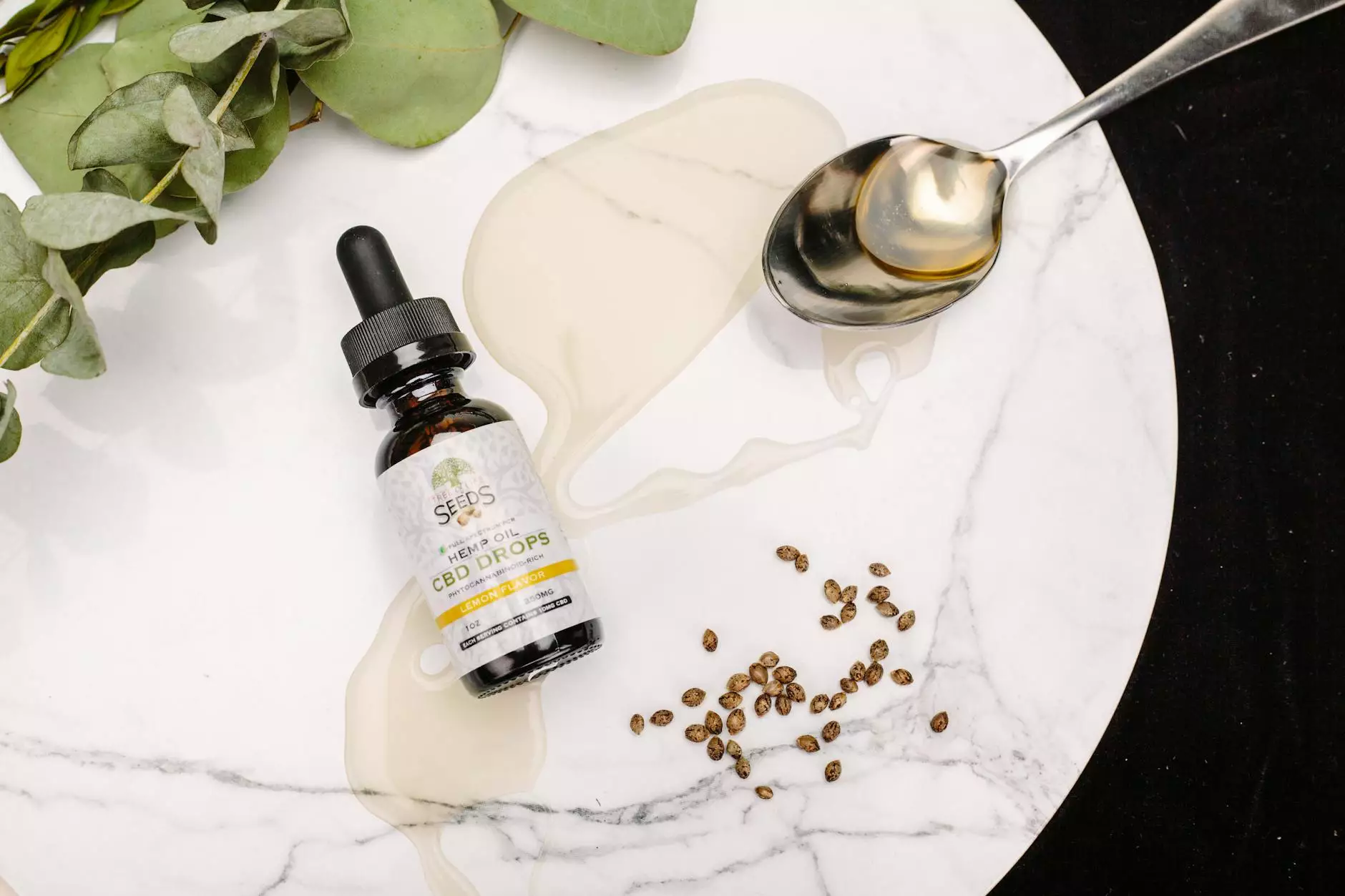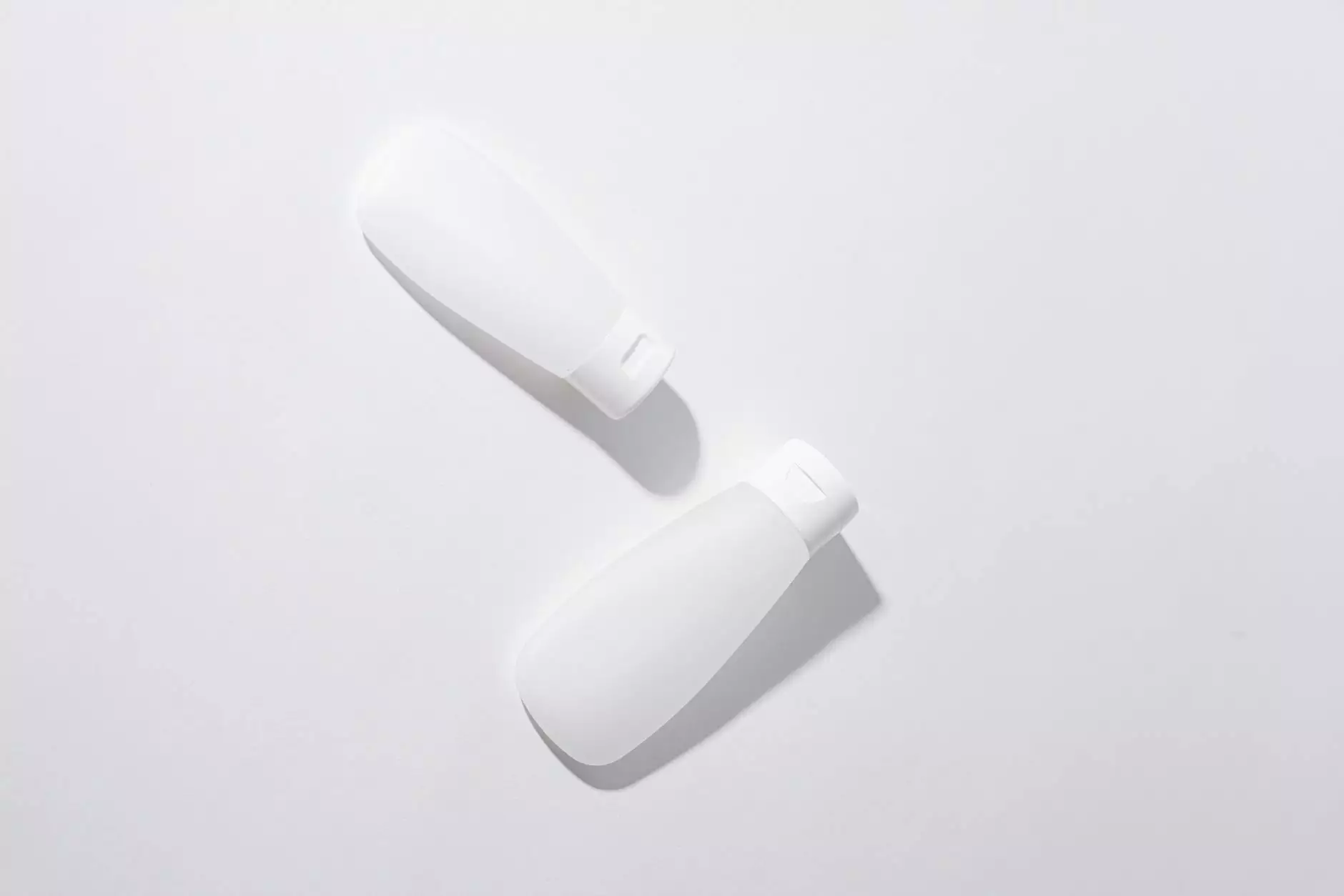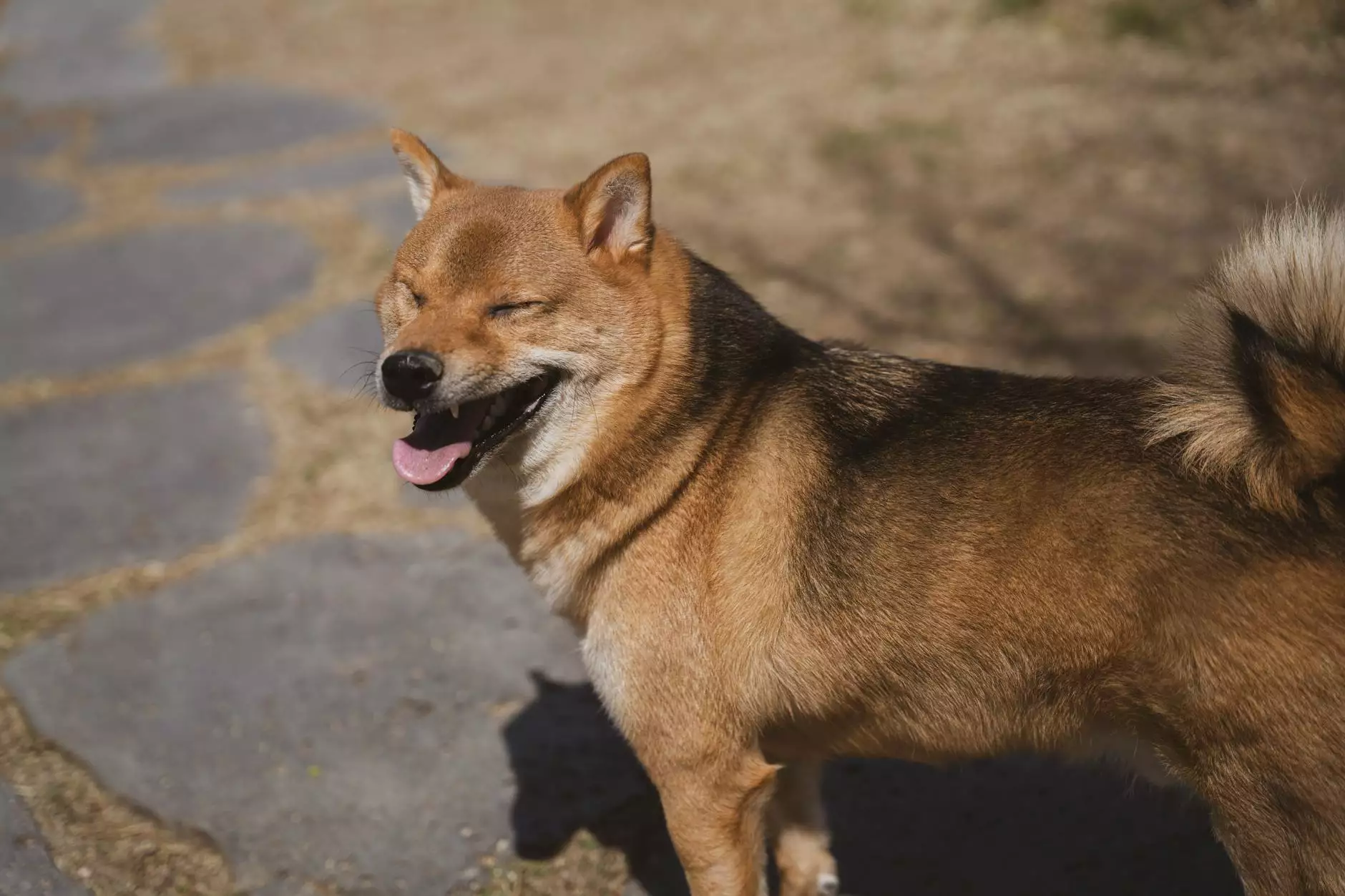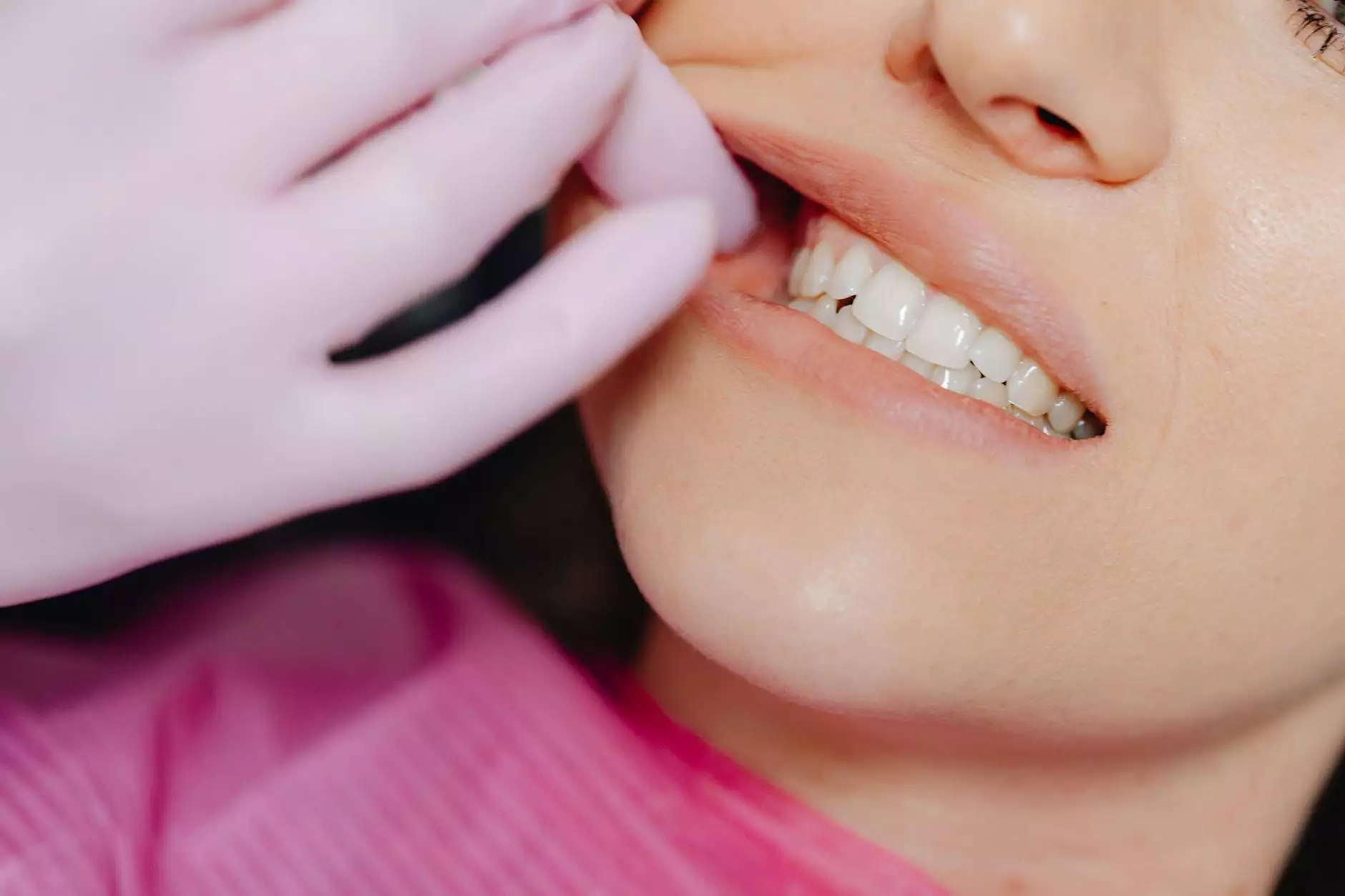Understanding Wet Blue Cow Hides: An In-Depth Guide

In the dynamic world of leather production and distribution, wet blue cow hides stand out as an essential product. These hides, processed through specific tanning methods, play a significant role in various industries, from fashion to automotive. This article aims to provide a comprehensive overview of wet blue cow hides, discussing their characteristics, processing methods, market trends, and their importance in the hides and skins sector worldwide.
What Are Wet Blue Cow Hides?
Wet blue cow hides refer to cow hides that have undergone the initial stages of the tanning process. This stage involves treating the raw hides with chromium salts and other chemicals, which not only preserve the hide but also impart a durable blue color. This semi-finished leather product is crucial for manufacturers looking to produce high-quality leather goods.
Processing of Wet Blue Cow Hides
The journey of wet blue cow hides begins at the tannery, where raw hides are transformed into a valuable commodity through the following steps:
- Soaking: The raw hides are soaked in water to remove salt and impurities.
- Liming: Hides are treated with lime to loosen hair follicles and proteins, enabling easier handling and further processing.
- Fleshing: This stage involves removing excess flesh and fat from the hide, ensuring a smoother surface.
- Tanning: In the tanning process, the hides are immersed in a chromium-based solution, giving them the distinctive blue color and making them resistant to decay.
- Washing and Drying: The tanned hides are washed to remove excess tanning agents and then dried to prepare them for the next stages of leather processing.
This meticulous process ensures that wet blue cow hides are not only durable but also suited for various applications.
Advantages of Using Wet Blue Cow Hides
Choosing wet blue cow hides over other types of leather has several advantages:
- Durability: The tanning process significantly enhances the hides' strength and longevity, making them ideal for products that require resilience.
- Versatility: Wet blue cow hides can be further processed into various types of leather, suitable for apparel, upholstery, automotive interiors, and accessories.
- Cost-Effectiveness: Due to their widespread availability and efficient processing, wet blue cow hides are often more affordable than fully processed leather.
- Environmental Benefits: Modern tanning techniques have become more eco-friendly, reducing the environmental impact associated with leather production.
Market Trends and Demand for Wet Blue Cow Hides
The global demand for wet blue cow hides continues to grow, driven by several factors:
Rising Demand in Fashion and Apparel
The fashion industry consistently seeks quality leather for clothing and accessories. Wet blue cow hides are favorable because they can be dyed and finished in a myriad of colors, making them adaptable to current fashion trends. High-quality leather products, especially those crafted from wet blue hides, command premium prices in the market.
Automotive Industry Trends
With the increasing demand for luxurious interiors, automakers are turning to high-quality leather, often sourced from wet blue hides. Car manufacturers prioritize materials that combine durability with aesthetic appeal. As a result, we see a significant rise in the demand for these hides in automotive upholstery.
Growth in Emerging Markets
Emerging markets in Asia and Africa are witnessing rapid industrialization, leading to increased investment in leather production. The growing middle class in these regions is driving demand for leather goods, thus creating a vibrant market for wet blue cow hides.
Challenges in the Wet Blue Cow Hide Market
While the opportunities for wet blue cow hides are abundant, several challenges persist:
Environmental Concerns
The incursion of eco-conscious consumers has put pressure on the leather industry to adopt sustainable practices. Tanning, especially with chromium, has been criticized for its potential environmental impact. As a result, companies are investing in greener technologies and processes to address these concerns.
Volatility in Raw Hide Prices
Raw hide prices can fluctuate due to various factors, including supply chain disruptions and global demand. These fluctuations can affect the cost of wet blue cow hides, impacting manufacturers' pricing strategies.
Choosing a Supplier for Wet Blue Cow Hides
When it comes to sourcing wet blue cow hides, it's essential to partner with a reliable supplier. Here are some traits to look for:
- Reputation: Choose a supplier with a proven track record in quality and customer service.
- Compliance: Ensure the supplier adheres to environmental and ethical regulations in the tanning process.
- Diversity of Product: A good supplier should offer a wide range of wet blue cow hides suitable for various applications.
- Certifications: Look for suppliers with industry certifications that demonstrate their commitment to quality and sustainability.
At abhidesgmbh.com, we pride ourselves on providing high-quality wet blue cow hides to meet the diverse needs of our clients worldwide. Our commitment to excellence and sustainability sets us apart in the industry.
Conclusion
In conclusion, wet blue cow hides are a crucial product in the leather industry, offering numerous advantages for various applications. With proper sourcing, these hides can meet the growing market demand while also addressing environmental challenges. As businesses seek reliable suppliers, understanding the intricacies of wet blue cow hides can make all the difference in achieving success in this competitive field. By choosing the right products, companies can ensure they remain at the forefront of the industry, leveraging the benefits of high-quality leather.









